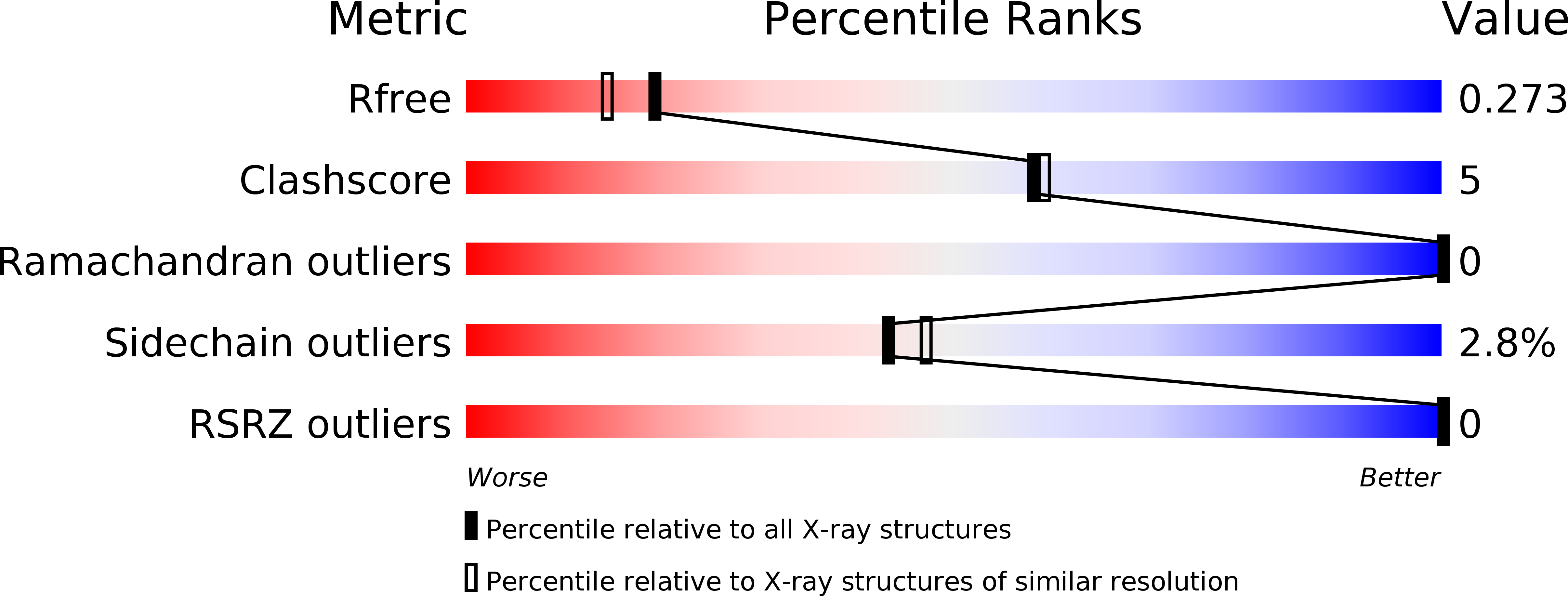
Deposition Date
2017-10-30
Release Date
2018-09-19
Last Version Date
2023-10-04
Entry Detail
PDB ID:
6BHF
Keywords:
Title:
Crystal structure of the petidylprolyl cis,trans-isomerase from Helicobacter pylori
Biological Source:
Source Organism:
Host Organism:
Method Details:
Experimental Method:
Resolution:
2.09 Å
R-Value Free:
0.27
R-Value Work:
0.21
R-Value Observed:
0.21
Space Group:
P 32 2 1


